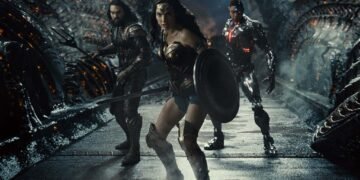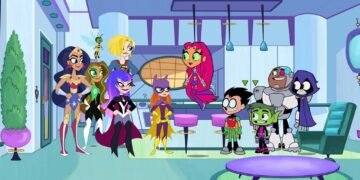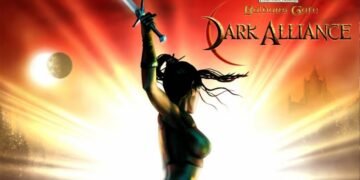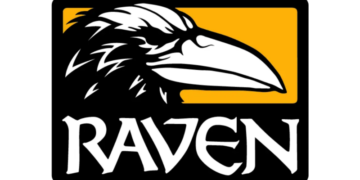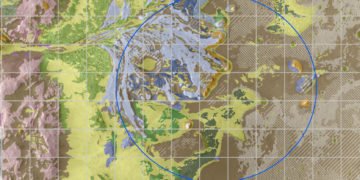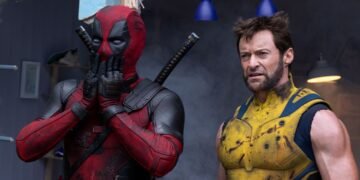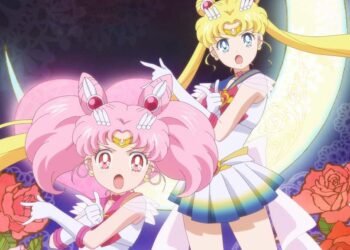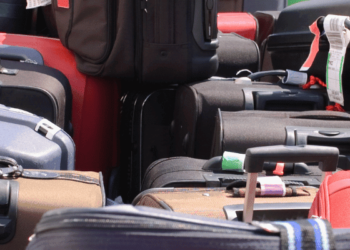The early ‘90s was an almost unrecognizable time for comics; beyond a speculator boom that brought a great deal of money — and new publishers, including now-established names like Image Comics and Valiant — into the industry, the distribution side of the business was significantly different from today with multiple companies servicing comic book stores across the U.S., including Diamond Comics Distributors, Capital City Distribution and Heroes World Distribution … which is where the trouble began.
In December 1994, Marvel Entertainment, at the time headed by investor Ron Perelman and fresh off an streak of corporate acquisitions that included trading card companies Fleer Corporation and Skybox, as well as toy manufacturer Toy Biz, purchased Heroes World, at the time the third largest comics distribution company in the U.S. It seemed like an unexpected move, but not necessarily a terrible one, especially given that the boom of previous years that had seen titles sell millions of copies was coming to an end, with sales notably dropping across the board. (X-Men No. 1, published in 1991, remains the best-selling comic of all time with more than eight million copies sold.) If Marvel wanted to diversify, this was certainly one way to do it.
Marvel, however, didn’t want to diversify. Indeed, it wanted to do exactly the opposite; in March 1995, a leaked memo revealed that the company intended to use Heroes World as its own exclusive distributor, meaning that any store that wanted to carry Marvel product — then, as now, the company was the market leader — would be forced to open a Heroes World account. The change would take effect four months from the announcement, immediately reducing other distributors’ market share by around 40 percent, and also reducing stores’ discounts with those distributors, as their overall order size would similarly drop.
It was, to say the least, an aggressive move, and one that had an official name that displayed the hubris at its heart: “Marvelution.”
The immediate effect of Marvelution was to cause the rest of the comics industry to consolidate behind Diamond; DC, Image Comics, Dark Horse Comics and Archie Comics signed exclusive contracts with the distributor in the immediate aftermath of Marvel’s announcement, and would ultimately absorb Capital City as the latter neared bankruptcy.
Meanwhile, Marvelution was running into a number of problems. For one thing, Marvel discovered too late that Heroes World wasn’t the most well-organized company when it was purchased, with orders left unfulfilled and accounting errors unaddressed. For another, retailers weren’t happy with the new reality either for the amount of effort required in dealing with multiple distributors or the drop in discounts; a number of stores closed as a result, continuing a downward trend that saw the number of stores in the U.S. fall by half across the second half of the decade, from upwards of 9,000 to around 4,500.
By 1997, having already filed for bankruptcy, Marvel pulled the plug on Heroes World, laying off all employees and signing its own exclusive contract with Diamond, giving the distribution company a virtual monopoly on the English-language comics industry that it enjoys to this day. A Department of Justice investigation into whether it was guilty of antitrust violations closed in 2000 after three years, finding that no action was necessary.
Heroes World was intended to push Marvel into an era of independence and strength that, arguably, it’s achieved in the wake of its acquisition by Disney; instead, it shrank the comic book industry considerably and left the majority of the power in the hands of the sole company responsible for distributing product to market — something that can end up having unexpected, potentially catastrophic consequences.

